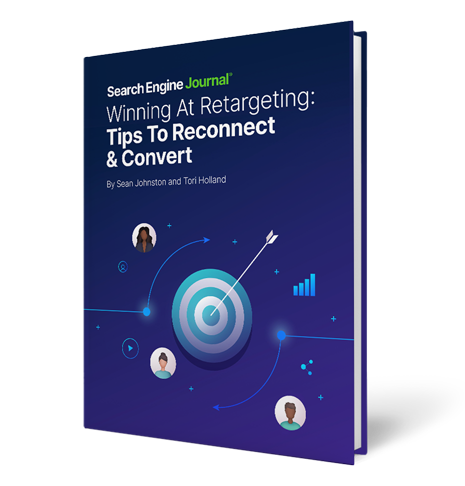It’s frustrating when users leave their buying journey, especially if you’ve paid for their click. How can you recapture that engagement?
The digital advertising landscape has become increasingly saturated, and the competition is fierce.
How can your brand cut through the constant noise to truly connect, engage, and position your products and services front-and-center in decision-making moments?
Retargeting is an essential tactic for making the most of each touchpoint generated by your advertising, social media, SEO, and other marketing campaigns.
Through retargeting, you’re able to get in front of a warmer audience with more precise, personalized messaging that really resonates. In doing so, marketers can close leaky gaps in the funnel where they’re losing motivated buyers to competitors.
Winning At Retargeting: Tips To Reconnect & Convert, authored by Sean Johnston and Tori Holland, digital advertising experts from Closed Loop, highlights the best practices you need to know to drive the best results for your remarketing and retargeting efforts.
You’ll learn a complete framework for successful conversions and find retargeting examples from brands to inspire your own campaigns, too.
By the end of this guide, you’ll be able to:
- Understand the differences between these two tactics and determine which strategies are right for your goals.
- Identify the key factors to consider in launching your RM/RT efforts.
- Figure out which advertising platforms are best to run your campaigns.
- Apply consumer insights and data to power your RM/RT.
Master the art of remarketing and retargeting, and get rewarded with higher conversion rates and more loyal customers.
Download this comprehensive ebook now.
Special thanks to our sponsors CallRail, Amanda AI, and Rock Content for making this guide possible.



